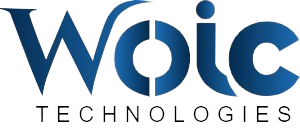Technology assessment is a systematic process of evaluating the potential, risks, and implications of adopting new technologies within an organization or society. It involves analyzing the current and future impact of technological innovations, providing insight into their feasibility, and helping decision-makers make informed choices about integration and investments.
What is Technology Assessment?
Technology assessment (TA) evaluates the technical, social, environmental, and economic implications of a new or existing technology. This process helps organizations understand the capabilities, limitations, and potential risks associated with the adoption of a particular technology. TA can be applied to various fields, from healthcare and environmental sustainability to IT and manufacturing.
A successful technology assessment involves:
- Feasibility analysis: Evaluating whether the technology can be realistically implemented within the given resources, timeline, and infrastructure.
- Risk assessment: Identifying potential risks, including security vulnerabilities, data privacy concerns, and operational disruptions.
- Economic impact: Estimating costs, ROI, and the broader financial impact of integrating the technology.
- Social and environmental impact: Examining how the technology affects social dynamics, employment, and the environment.
Why is Technology Assessment Important?
- Informed Decision-Making: Technology assessments provide decision-makers with reliable data to evaluate whether adopting a new technology aligns with the organization’s goals, budget, and resources.
- Cost Efficiency: By analyzing the full scope of a technology’s impact, businesses can avoid costly mistakes, mitigate risks, and ensure a higher ROI.
- Future-Proofing: Assessing the scalability and future relevance of technology helps organizations stay competitive and adapt to evolving trends.
- Regulatory and Compliance Considerations: TA ensures that new technologies comply with legal and ethical standards, particularly in highly regulated industries like healthcare and finance.
Key Elements of a Technology Assessment
- Strategic Alignment: Ensuring the technology aligns with the organization’s strategic vision, goals, and objectives.
- Technical Viability: Evaluating the technology’s maturity level, reliability, and compatibility with existing systems.
- Economic Feasibility: Estimating the total cost of ownership (TCO), including implementation, training, and maintenance costs, and comparing it with the expected benefits.
- User Impact: Assessing how the technology will affect users, including changes to workflows, user experience, and overall productivity.
- Risk Management: Identifying potential risks, including cybersecurity threats, data breaches, and system failures, and developing strategies for mitigation.
How to Conduct a Technology Assessment
- Define Objectives: Start by clearly identifying the business or technical objectives you want the technology to fulfill.
- Gather Data: Collect data on the technology, including technical specifications, vendor information, and industry benchmarks.
- Analyze Alternatives: Compare different technologies that can achieve the same objective, considering factors like cost, features, and implementation timelines.
- Evaluate Impact: Assess both short-term and long-term impacts on your business operations, workforce, and customer satisfaction.
- Make Recommendations: Based on the findings, offer recommendations on whether to proceed with the technology, scale it, or abandon it.
Conclusion
Technology assessment plays a vital role in ensuring that an organization or society can maximize the benefits of new technologies while minimizing potential risks. By conducting a thorough TA, businesses can make smarter, data-driven decisions that align with their long-term goals, ensuring sustainable growth and technological success.



